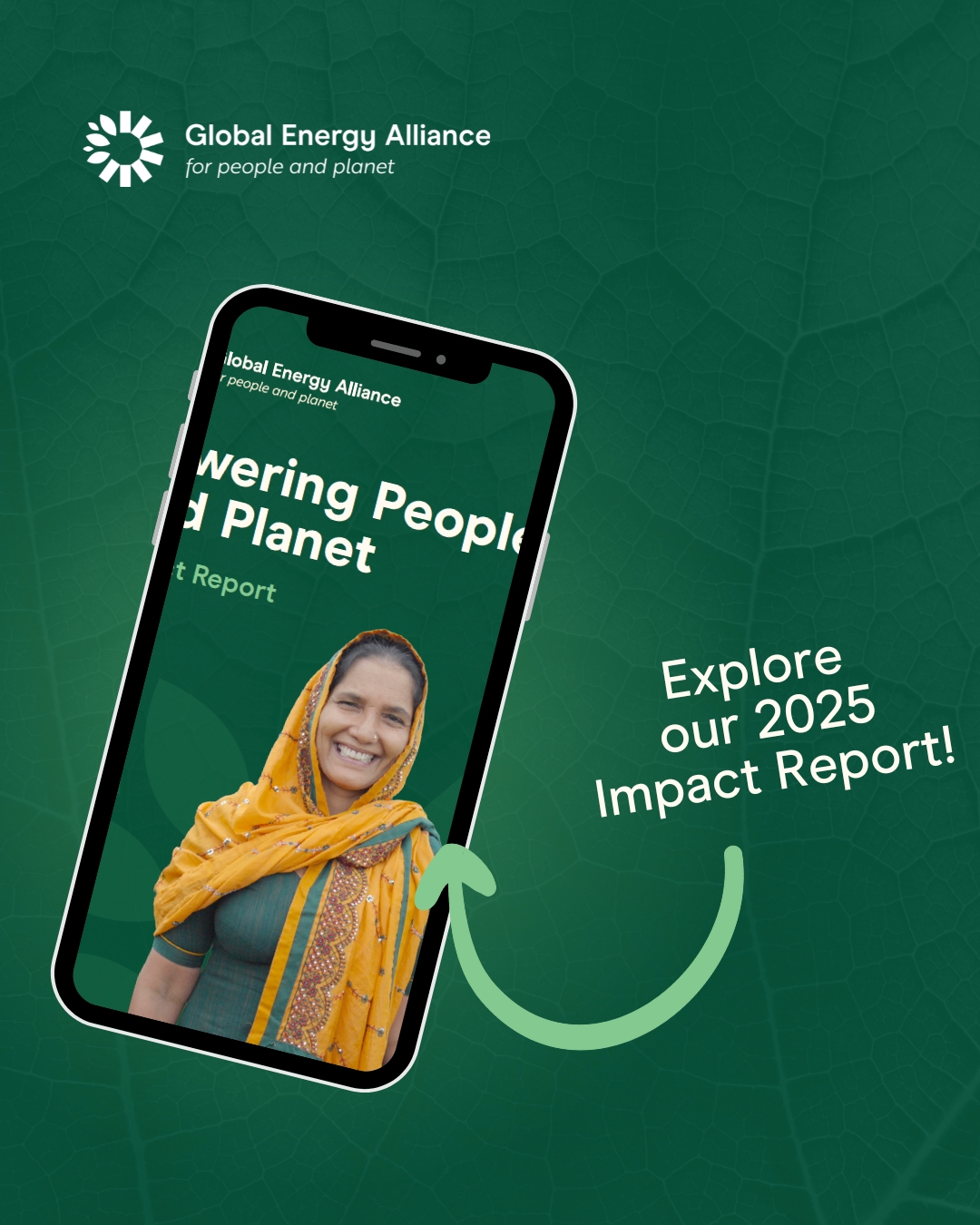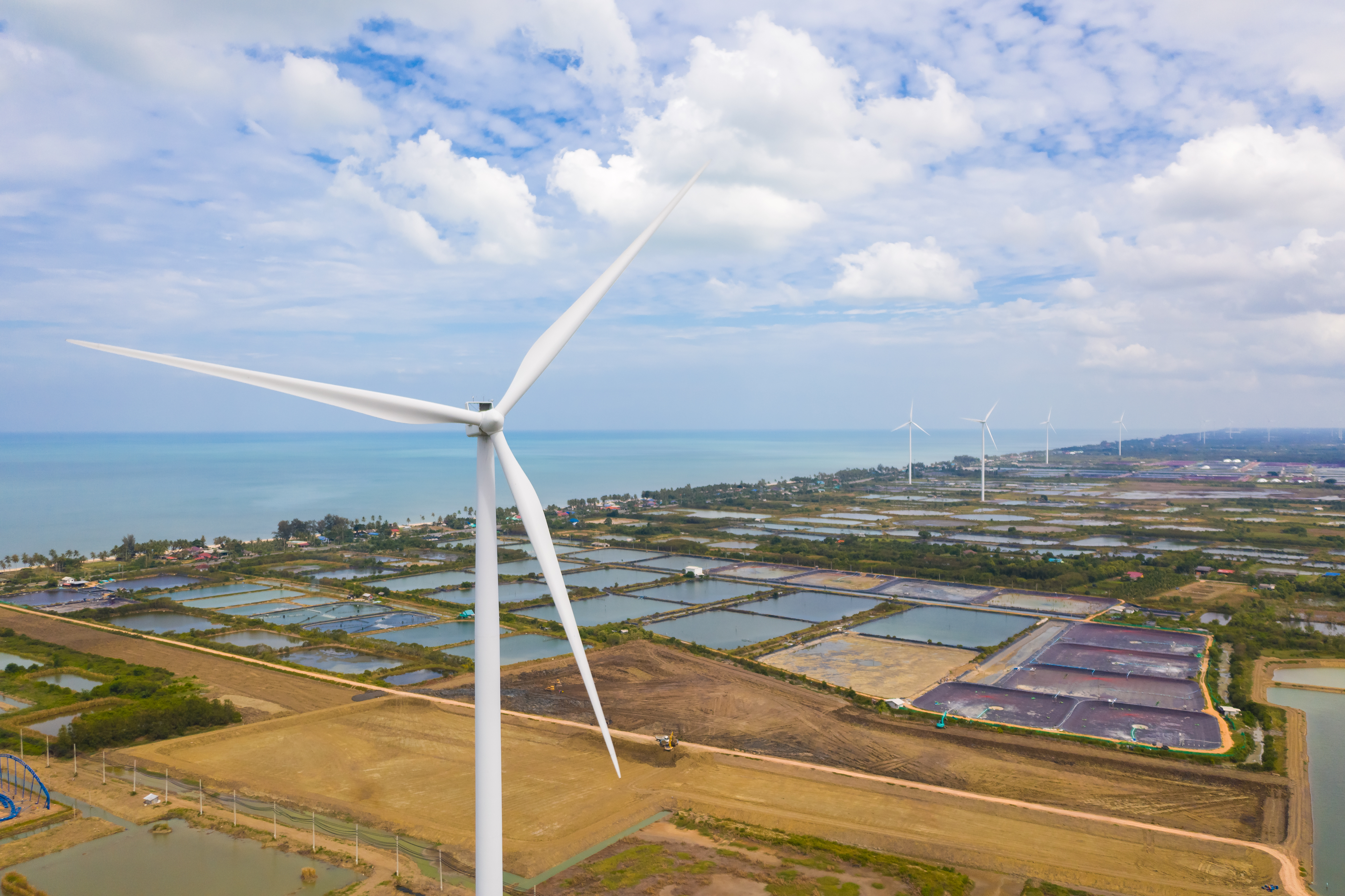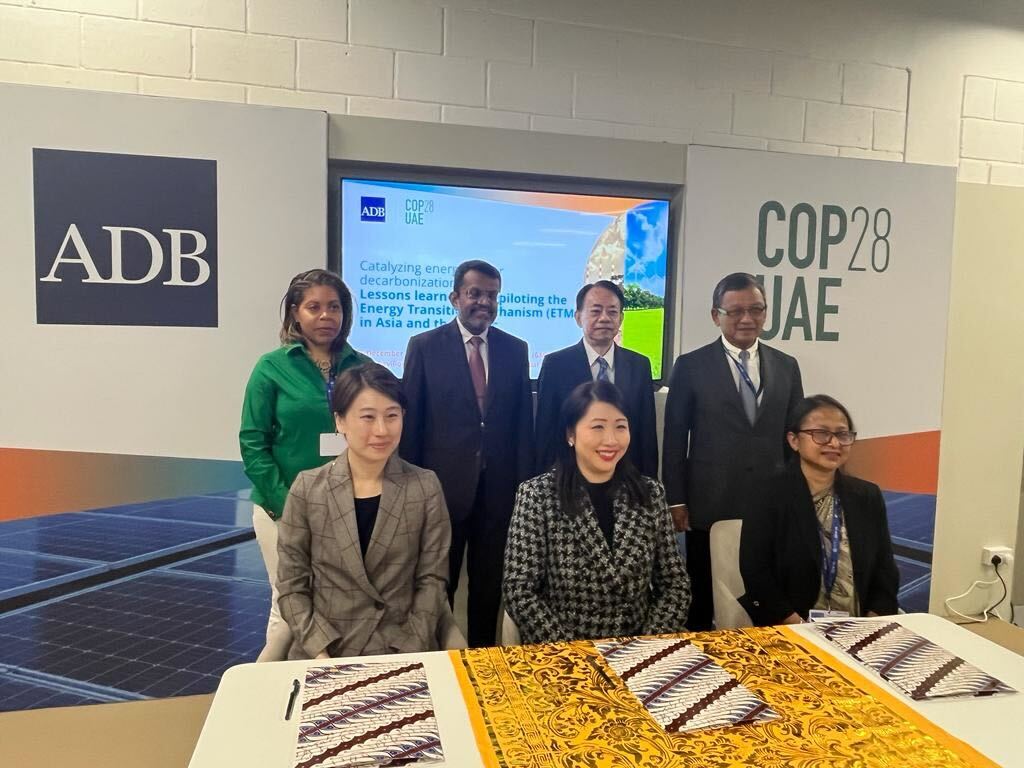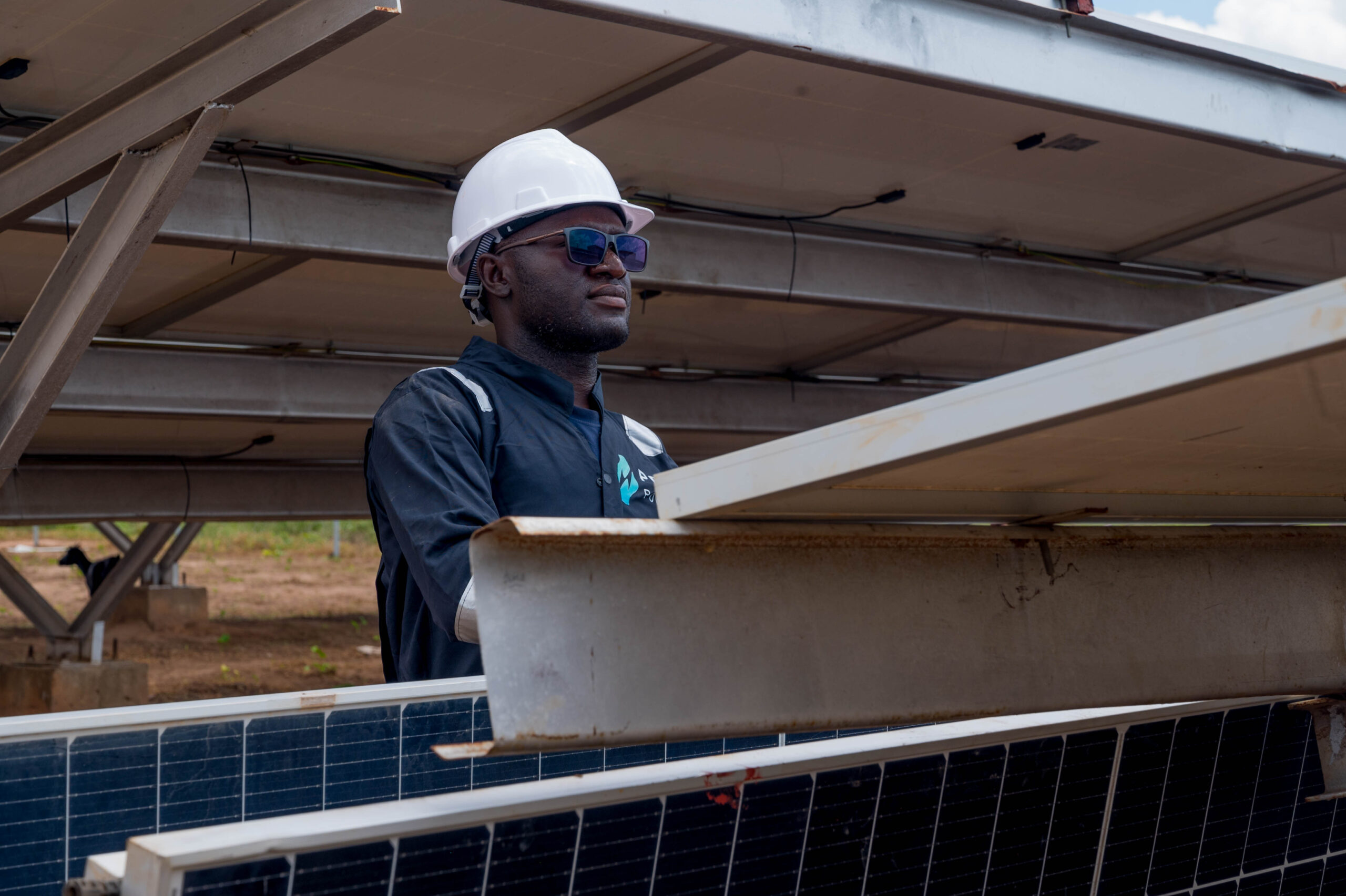Driving Southeast Asia’s Green Transformation Through Catalytic Capital

Southeast Asia is one of the world’s most climate-vulnerable regions, with vast coastline and island communities, facing a daunting challenge as its energy demands are set to triple by 2050. Addressing this challenge requires collaborative approaches and innovative & affordable tech solutions. Catalytic capital emerges as a powerful force in this endeavor.
While Southeast Asian governments express broad support for sustainability projects, challenges such as limited funds and expertise hinder their development. Additionally, evolving regulatory frameworks and incentives for renewables present complexities for potential investors. However, Southeast Asian nations are actively collaborating with international organizations, investors, and alliance partners to overcome these challenges collectively.
Catalytic capital can play a revolutionary role in addressing the financing crunch in the Southeast Asian region to achieve the goal of clean energy transition. It basically refers to financial resources that embrace higher risks and concessionary returns compared to traditional investments. The idea is to create a positive impact and attract third-party investments, unlocking opportunities that may otherwise be inaccessible.
Various instruments of catalytic capital including grants, concessional financial instruments like green bonds, direct investments, equity & debt and a blended finance structures are being deployed to support sustainability projects across the region. To operationalise these tools, several Southeast Asian nations announced ambitious plans and signed agreements in collaboration with international institutions, private investors, alliance partners and philanthropic organisations.
One of the recent initiatives of catalytic capital is the Southeast Asia Clean Energy Fund II (SEACEF). This is the first blended investment fund established in Southeast Asia to provide early-stage high-risk capital to promising businesses in renewable energy generation, energy efficiency, electric mobility, and electrical grid businesses at their early-stage development phases. Another significant agreement was signed among the Monetary Authority of Singapore (MAS), GEAPP and the Asian Development Bank at COP28 to mobilize concessional capital from philanthropic and public sources and attract private capital from around the globe in order to finance energy transition projects in Asia. Their aim is to raise up to US$2 billion in concessional and commercial capital from other like-minded partners.
Southeast Asia’s green transformation is not just an aspirational goal but a critical imperative for the well-being of our planet. The positive collaboration between Southeast Asian governments, international partners, and investors demonstrates a commitment to driving change. With catalytic capital leading the way, countries can collectively work towards a future where sustainable energy is accessible to all. Together, we can drive Southeast Asia’s green transformation and create a lasting legacy for generations to come.



